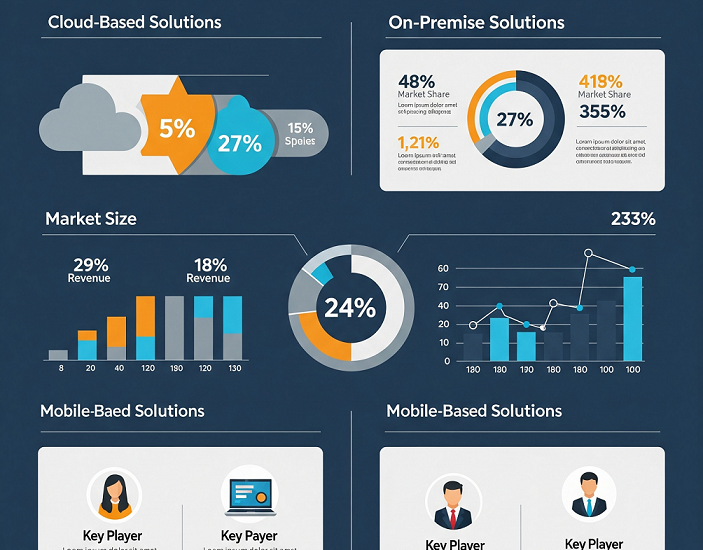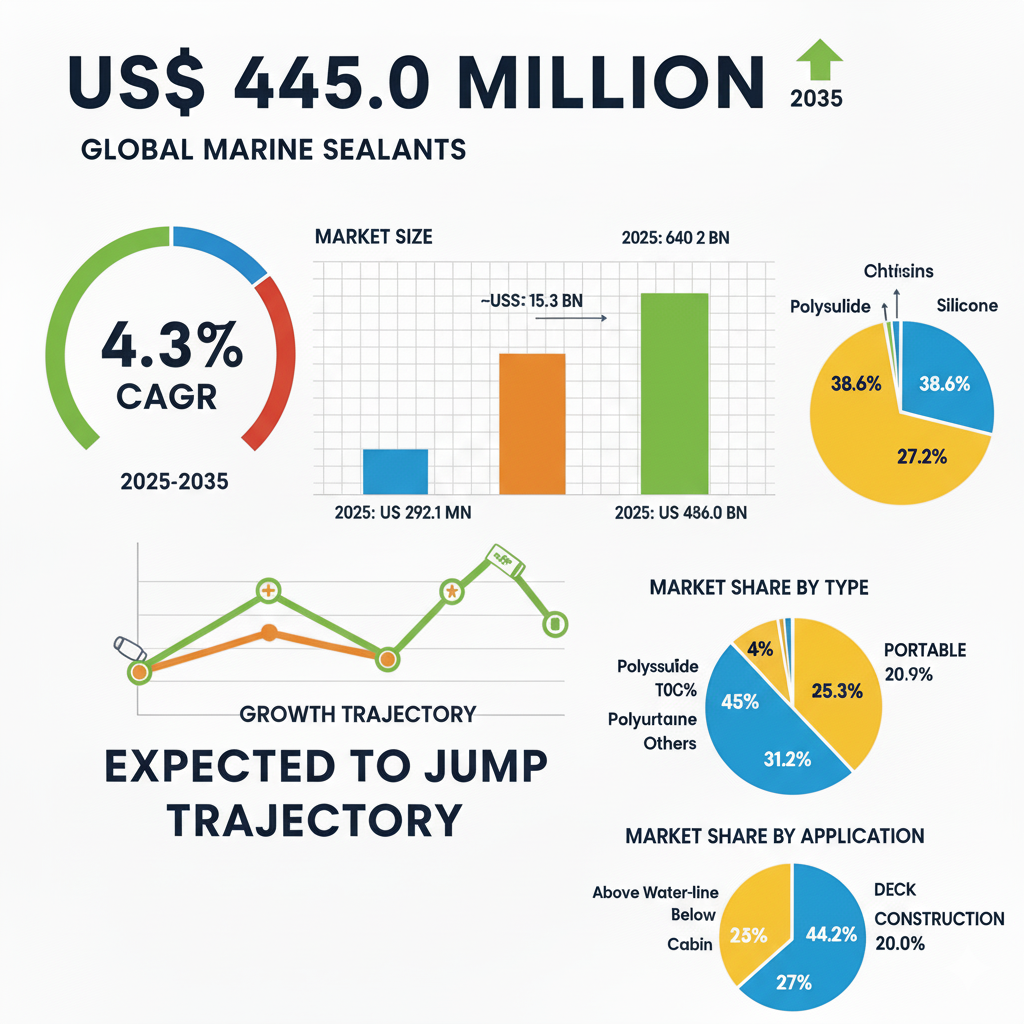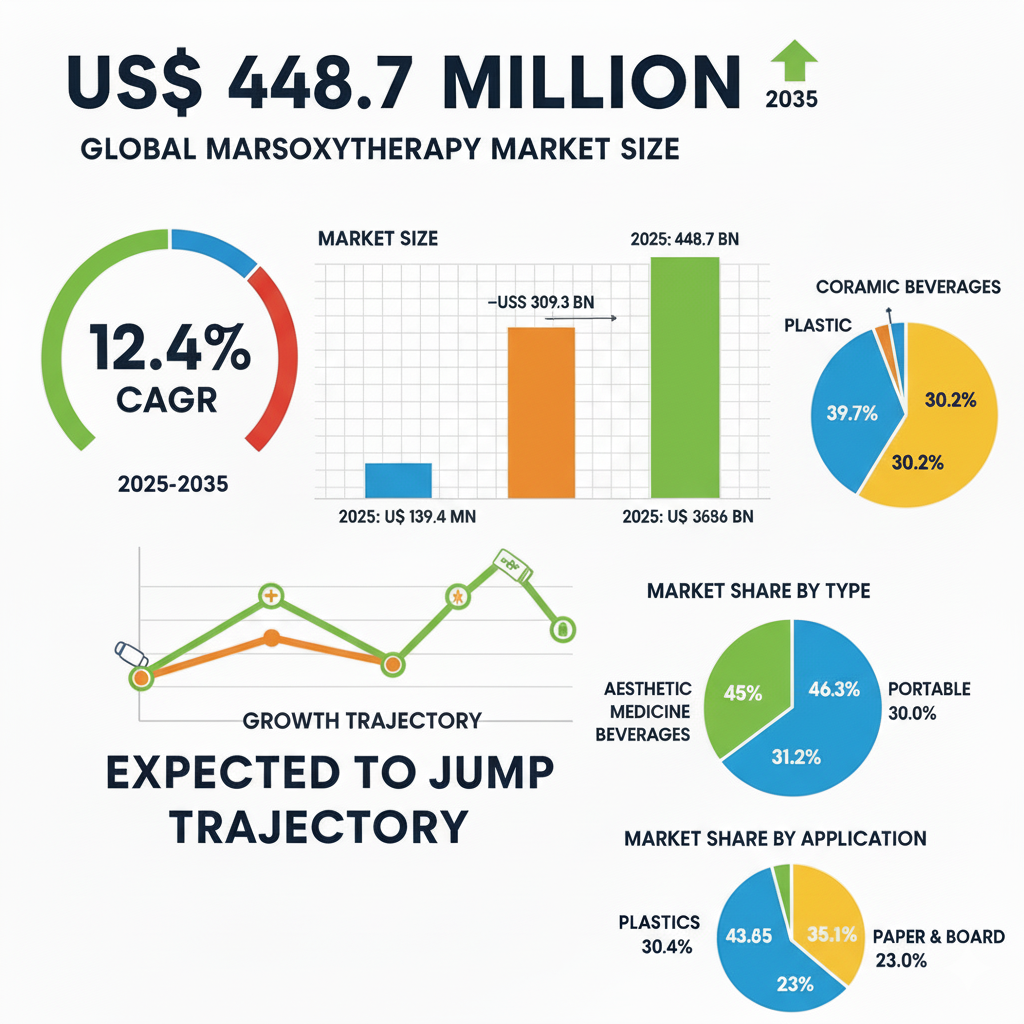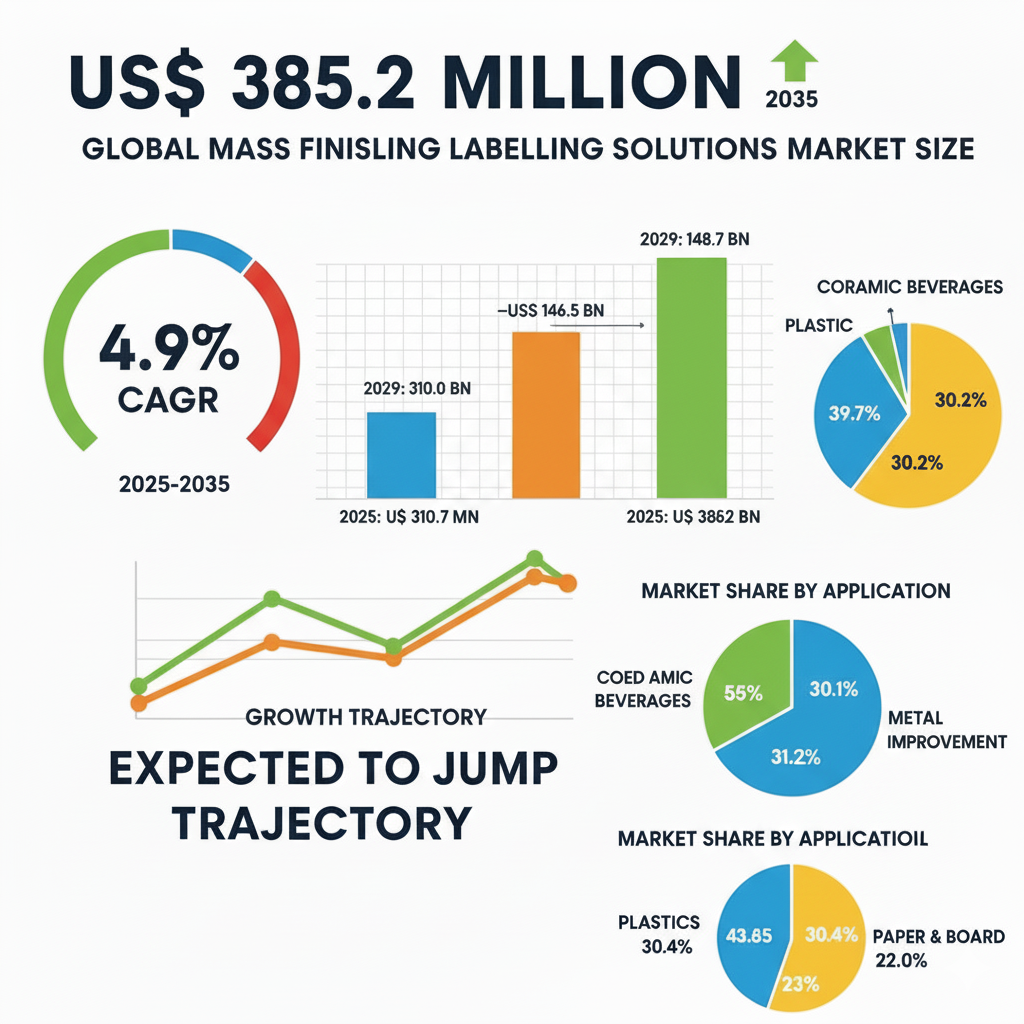The implementation of loan origination software market speeds up financial operations by optimizing how loans get processed while reducing overall period until funds reach applicants. A CAGR projection of 13% indicates the market will expand from USD 6,416 million in 2025 to USD 21,780 million in 2035.
Banks have mobile apps. Credit scoring is automated. Customers get approved for credit cards in 30 seconds. And yet, the one part of the lending process that still feels like it’s stuck in the fax era? Loan origination.
Legacy systems, outdated workflows, and disjointed compliance checks continue to plague the heart of modern lending. The result? Delays, drop-offs, and missed opportunities—at a time when global credit demand is rising and financial institutions are under pressure to compete not just on rates, but on experience.
Enter loan origination software. No longer an internal tool for underwriters, it’s become the foundation of any serious digital lending strategy.
According to Future Market Insights, the loan origination software market is on a sharp upward trajectory, driven by shifting customer expectations, rising compliance complexity, and the explosive growth of fintech challengers. This isn’t some quiet IT upgrade—it’s a structural transformation of how money moves from institution to individual.
Lending isn’t just about approvals. It’s about trust, speed, and user experience. And old systems are failing on all three fronts.
Get Ahead with Our Report: Request Your Sample Now!
https://www.futuremarketinsights.com/reports/sample/rep-gb-18158
Paper Trails in a Paperless World
Let’s not sugarcoat it: too many banks still rely on outdated infrastructure to process loans. Forms that can’t be autofilled. Processes that can’t be tracked. Risk models that don’t speak to CRM data or credit bureaus in real time.
In an era where a customer can order groceries with a fingerprint, waiting a week to hear back about a small business loan feels absurd.
Loan origination software solves this—not just by speeding up approvals, but by unifying credit checks, fraud detection, income verification, and regulatory reporting under one digital roof. It eliminates the manual maze. And more importantly, it reclaims the borrower’s time.
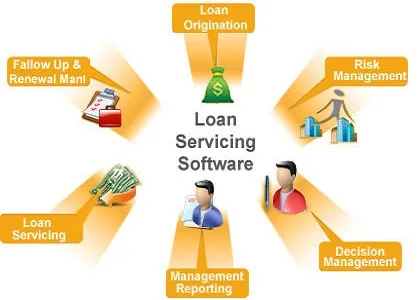
The Myth of the “One-Size-Fits-All” Bank
Traditional financial institutions have long operated under a fixed model: one policy, one approval path, one form for everyone. But lending today isn’t one-size-fits-all. It’s personal, segmented, and often real-time.
Loan origination platforms help lenders offer tailored products to vastly different audiences—from first-time homebuyers to micro-entrepreneurs. They make it possible to run soft checks, pre-qualify applicants, and launch dynamic workflows that adapt on the fly.
This isn’t bells and whistles. It’s table stakes for any institution that wants to stay competitive in a world dominated by instant-gratification fintech apps.
Exhaustive Market Report: A Complete Study
https://www.futuremarketinsights.com/reports/loan-origination-software-market
Compliance Is Not Optional—And It’s Not Easy
Lenders today aren’t just battling for customers. They’re navigating a regulatory landscape that changes monthly, sometimes weekly. Every approval needs to be compliant, auditable, and airtight.
Modern loan origination software doesn’t just handle this complexity—it anticipates it. With real-time policy updates, automatic documentation, and role-based access controls, it reduces risk where it starts: at the point of origination.
And yet, far too many lenders continue to rely on spreadsheets, patched-together legacy tools, or third-party intermediaries. The risk isn’t just operational. It’s existential.
It’s Not About Tech—It’s About Trust
Here’s the real story: customers don’t care about what software you’re running. They care about how it makes them feel. Empowered. Respected. Not forced to repeat their income details for the third time.
Loan origination software is about creating a seamless path from application to approval. It’s about making lending frictionless and dignified. In an industry that talks endlessly about customer centricity, this is where the promise is either delivered—or broken.


